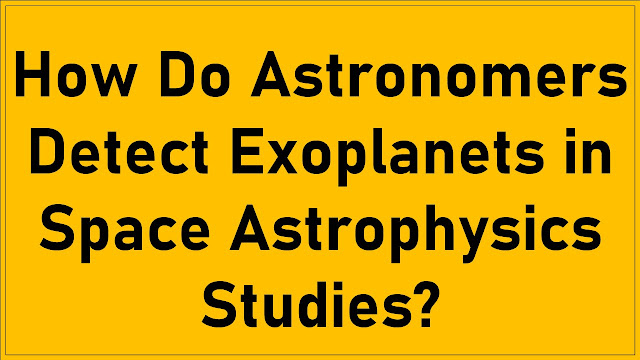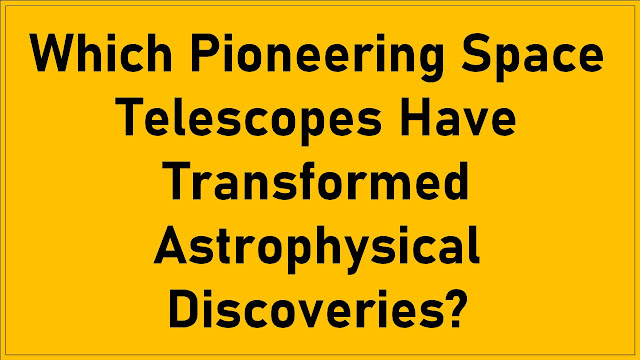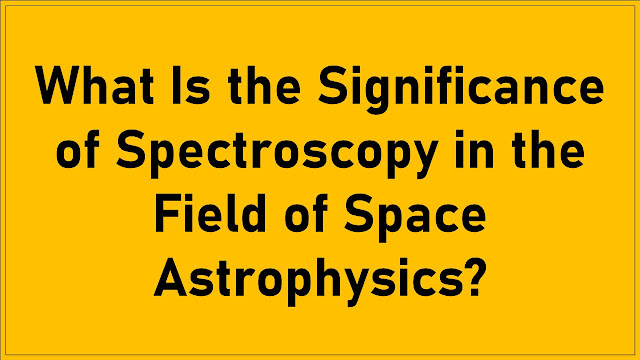
Introduction.
In this article, I’ll delve into the fascinating realm of space astrophysics to explore the captivating question of how astronomers detect exoplanets. The quest to uncover these distant worlds beyond our solar system has ignited a profound curiosity within the scientific community and the public alike. As we gaze towards the heavens, astronomers employ a myriad of ingenious techniques and cutting-edge technology to unveil the secrets of exoplanetary systems, shedding light on the potential for habitable worlds and expanding our understanding of the cosmos.
The discovery of exoplanets, planets orbiting stars beyond our sun, has revolutionized our perception of the universe. It not only challenges our conventional wisdom but also opens doors to the tantalizing possibility of extraterrestrial life. To embark on this astronomical journey, we must first comprehend the intricate methods astronomers employ to detect exoplanets, from the subtlest wobbles in starlight to the ingenious use of transits and advanced space telescopes. Join me as we uncover the extraordinary techniques that have led to the discovery of thousands of exoplanets and continue to inspire the exploration of new frontiers in space astrophysics.
- Methods of exoplanet detection in space astrophysics.
- Transits and the study of exoplanet atmospheres.
- Radial velocity measurements for exoplanet discovery.
- Direct imaging of distant exoplanetary systems.
- Microlensing and gravitational lensing in exoplanet detection.
- The role of space telescopes in exoplanet research.
Methods of Exoplanet Detection in Space Astrophysics.
Detecting exoplanets, planets orbiting stars outside our solar system, is a fundamental task in space astrophysics. Various methods have been developed to achieve this, each with its unique advantages. One common method is the transit method, where astronomers observe a periodic dip in a star’s brightness as an exoplanet passes in front of it. The amount of light blocked provides information about the exoplanet’s size and orbit.
Another method is radial velocity measurements, which rely on the gravitational pull between a star and its exoplanet. As the exoplanet orbits, it causes the star to wobble slightly, inducing periodic shifts in the star’s spectral lines. These shifts reveal the presence and characteristics of the exoplanet.
Additionally, astronomers use direct imaging to capture actual images of exoplanetary systems. This is challenging because planets are faint compared to their host stars, but advanced telescopes and techniques have enabled the observation of some exoplanets directly.
Transits and the Study of Exoplanet Atmospheres.
The transit method is a powerful tool for studying exoplanet atmospheres. When an exoplanet transits its host star, some of the star’s light passes through the planet’s atmosphere before reaching us. By analyzing this transmitted light, astronomers can infer the exoplanet’s atmospheric composition. Spectroscopy, which involves breaking down the starlight into its component colors, helps identify the presence of molecules like water vapor, carbon dioxide, and methane.
Furthermore, the depth and shape of the transit curve can provide insights into the exoplanet’s atmosphere. For example, a broad, shallow transit may indicate a thick atmosphere, while a sharp, deep transit may suggest a thin atmosphere or no atmosphere at all. These observations help astronomers classify exoplanets as rocky, gas giants, or even potentially habitable.
In recent years, advanced instruments like the Hubble Space Telescope and the James Webb Space Telescope (JWST) have enabled detailed atmospheric studies of exoplanets, paving the way for a deeper understanding of their potential habitability and conditions.
Radial Velocity Measurements for Exoplanet Discovery.
Radial velocity measurements, also known as the Doppler or wobble method, are a crucial technique for discovering exoplanets. This method relies on the fact that a star and its exoplanet both orbit a common center of mass. As the exoplanet orbits, it causes the star to move slightly in response to its gravitational pull. This motion induces periodic shifts in the star’s spectral lines due to the Doppler effect.
Astronomers use spectrographs to analyze these spectral shifts. By measuring the changes in the star’s radial velocity, they can deduce the presence, mass, and orbit of the exoplanet. This method is particularly effective for detecting massive planets that are close to their host stars.
Radial velocity measurements have been instrumental in discovering thousands of exoplanets, including many hot Jupiters (large, gas giant planets close to their stars). Ongoing advancements in spectrograph technology continue to improve the precision of this method, allowing astronomers to detect smaller exoplanets and those in more distant orbits.
Direct Imaging of Distant Exoplanetary Systems.
Direct imaging of exoplanetary systems is a challenging but rewarding technique that allows astronomers to capture actual images of exoplanets. Unlike other methods that rely on the effects of exoplanets on their host stars, direct imaging aims to observe the planets themselves.
One significant challenge in direct imaging is the vast difference in brightness between a star and its planets. To overcome this, specialized instruments and techniques, such as coronagraphs and starshades, are used to block out the star’s light while preserving the light from any orbiting planets. This creates a dark region around the star where exoplanets become visible.
Direct imaging has yielded spectacular images of exoplanets, revealing details about their atmospheres, temperatures, and even weather patterns. It is especially valuable for studying young, massive exoplanets that are far from their host stars. Future space telescopes like the James Webb Space Telescope and ground-based observatories will continue to advance our ability to directly image exoplanets and their systems.
Microlensing and Gravitational Lensing in Exoplanet Detection.
Microlensing is a unique method in exoplanet detection that relies on the gravitational lensing effect predicted by Einstein’s theory of general relativity. When a massive object, like a star, passes in front of a more distant star, its gravity can bend and amplify the light from the background star. If a planet orbits the foreground star, it can briefly enhance the lensing effect, creating a characteristic light curve.
Microlensing is particularly useful for detecting exoplanets that are far from their host stars and are not easily observed using other methods. It is sensitive to exoplanets at a wide range of distances and can even detect planets in the so-called “habitable zone” where liquid water could exist.
While microlensing events are relatively rare and require precise observations, they have led to the discovery of numerous exoplanets and provided valuable insights into the population of exoplanets in our galaxy.
The Role of Space Telescopes in Exoplanet Research.
Space telescopes play a crucial role in advancing our understanding of exoplanets. They offer several advantages over ground-based observatories, including the absence of atmospheric interference and the ability to observe continuously over long periods.
Telescopes like the Hubble Space Telescope and the upcoming James Webb Space Telescope (JWST) have been essential in studying exoplanet atmospheres through transit spectroscopy. The JWST, in particular, is expected to revolutionize this field with its advanced instruments designed specifically for exoplanet research.
Space telescopes also enable the direct imaging of exoplanets by avoiding the blurring effects of Earth’s atmosphere. They provide a clear and stable view of distant planetary systems, allowing astronomers to study their properties in unprecedented detail. As our technology continues to advance, the role of space telescopes in exoplanet research will only become more prominent, offering new insights into the diversity of exoplanetary systems and their potential for habitability.
Conclusion.
I hope this exploration into the methods astronomers employ to detect exoplanets has shed light on the remarkable advances in space astrophysics. In conclusion, astronomers have developed ingenious techniques, such as the transit method, radial velocity method, direct imaging, and gravitational microlensing, to identify and study exoplanets in distant star systems. These methods have expanded our understanding of the universe and the prevalence of exoplanets, fueling our quest to find habitable worlds beyond our solar system.
As we continue to refine these techniques and develop new technologies, the future of exoplanet detection holds promise. With upcoming space missions and observatories like the James Webb Space Telescope, we anticipate uncovering even more diverse exoplanetary systems, possibly even those harboring signs of life. The study of exoplanets remains a captivating field in space astrophysics, offering a glimpse into the infinite possibilities of the cosmos and the potential for extraterrestrial life.










